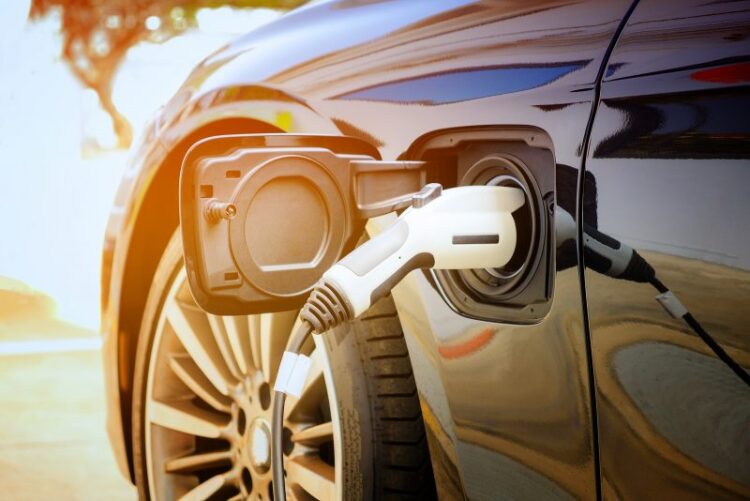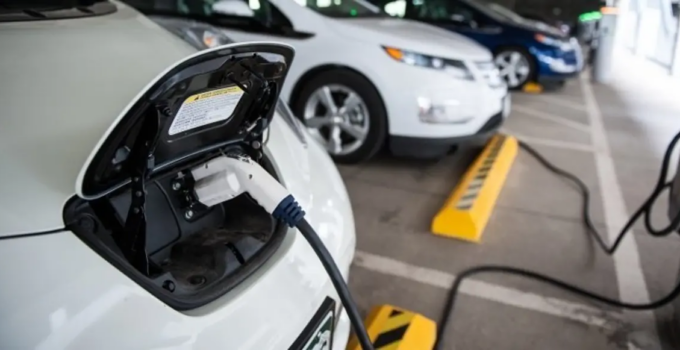When we charge our car, we need accurate currant and compatible accessory or the efficiency of the process risks to be low. The manufacturer provides the charging equipment regarding this concept, but it often doesn’t match our expectations, and there is a question of how to replace it. Of course, when you use public charging, it won’t worry us, but the home electric vehicle station must fit into the space dedicated to this purpose. So, how to choose it?
The useful advice on the station choice
The first and most important category is the level of charge. Consider buying level 1 for home use and level 2 for business. The exploit of the level 1 station needs fewer permits. It’s like plugging and using the device because it supports 120V voltage, while level 2 requires 240V and extra expenses as the electrician must install and set the corresponding sockets.
You need to choose between the smart and dumbo stations. The latter category means nothing but charging, which is suitable for most home consumers. But in the case of failure, it may be easier to identify it via the smart app. Smart stations are useful for commercial property. They offer the advantage of real-time monitoring through a dedicated app, ensuring quick identification and resolution of any issues. This feature is particularly valuable in the context of commercial EV charging station installation, enhancing efficiency and minimizing downtime for businesses relying on electric vehicle infrastructure. Furthermore, the smart stations provide data analytics and usage insights, allowing businesses to optimize their charging infrastructure based on demand patterns. This proactive approach not only improves operational efficiency but also contributes to cost savings and a more sustainable use of resources, making smart stations a strategic choice for forward-thinking commercials.
Other types of stations are plug-in and hardwired. The plug-in equipment is flexible in use. You can regulate its position within the bounds of cable length. At the same time, the hardwired ones are stationary ones hanging on the wall. It must be thick enough to stay safe because the station is heavy and provides significant tension.
What manufacturers are the best?

Source: briggselectrical.com.au
After you understand the criteria of choice, it’s time to scan the market and purchase the best ev chargers for home and commercial users. We want to start with Cyber Switching branded solution. It’s CSE1, the level 2 car charging station. The advantages are accurate monitoring and intuitive, usable application. It has robust over-voltage protection and durability. But the cable is very short. Thus, the owner has minimal space for relocation.
The Home Flex is an expensive alternative to the previous item. That difference appears not only from the longer cable. It may be just marketing. These stations have a high Energy Star ranking and underline the minimal greenhouse effect. Zero emissions are real here.
Siemens offers its high efficient VersiCharger. It stands in one row of the power output with the listed above stations. 11.5 kW are maintained with level 2 currant and versatile wall fixture. This equipment has a certificate both for indoor and outdoor use. Despite its strong sides, the only minus here is very tight cable if you end it 20 feet or more. You can remotely control its work via Ethernet or Wi-Fi.
And the final station in the list today is the Enel X. While most equipment operates only in one voltage range (e.g., 240 V), this station has two modes of exploitation – home charger 110V and commercial on 240V. It has the corresponding sockets plus the full spectrum of the smart options typical for this unit category.
Conclusion
If you don’t have an electric vehicle, buy it now. Of course, the question about how clean the electricity these cars consume is secondary. That’s an excellent idea to protect themselves from the scary petrol prices. Yeah, this fuel is more or less stable.




